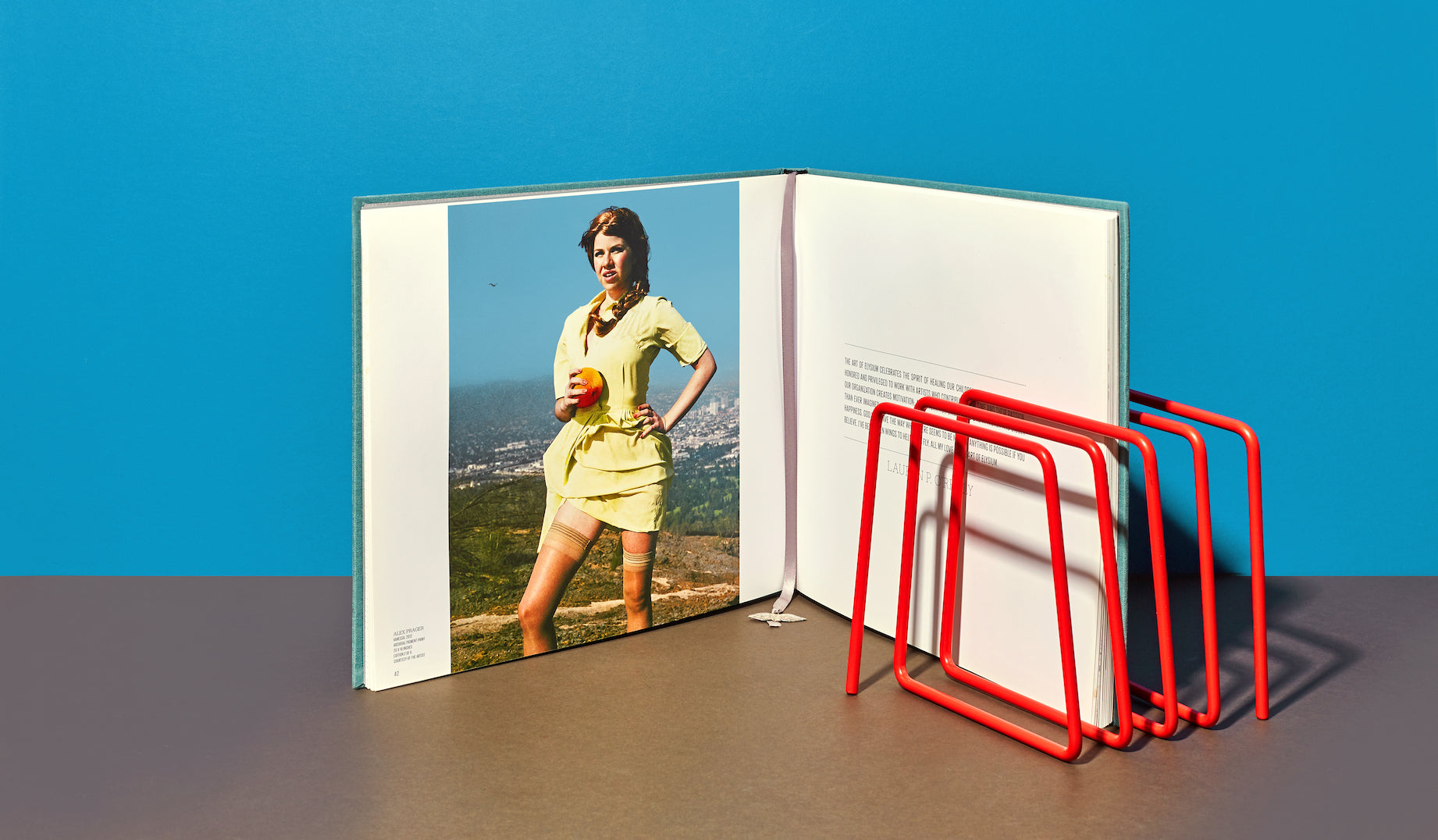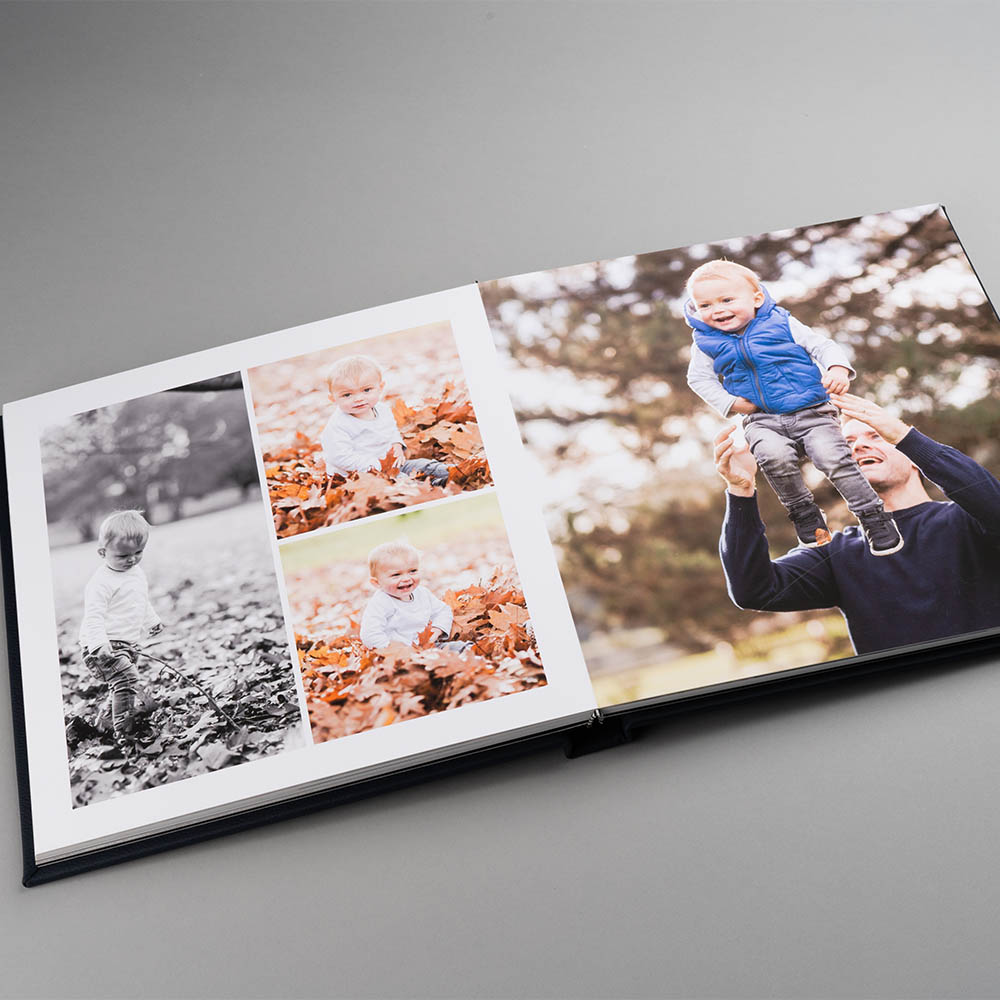Top Mistakes to Avoid When Printing an art book
Top Mistakes to Avoid When Printing an art book
Blog Article
Understanding the Refine Behind Premium Art Book Printing for Art Enthusiasts
When it involves top notch art book printing, understanding the intricacies of the procedure can elevate your recognition for the final product. You could not realize just how vital paper selection and ink options are to the vibrancy of artwork. Each component plays a considerable role in accomplishing the desired impact. As you explore the different components of art book printing, you'll reveal insights that might transform your viewpoint on art preservation and discussion.
The Relevance of Paper Choice in Art Book Printing
When it comes to art book printing, the selection of paper can make or break the end product. You desire your artwork to radiate, and the right paper improves color vibrancy and information. Consider elements like weight, structure, and coating; these components considerably impact exactly how visitors regard your job.
For instance, a heavier stock communicates high quality and durability, while a textured finish can add depth to images. Smooth paper is outstanding for in-depth recreations, permitting great lines and refined tones to show up crisp.
Do not fail to remember concerning the paper's illumination; a brighter sheet can aid shades pop, making your art a lot more eye-catching. You'll also wish to consider how the paper communicates with inks and whether it can deal with the printing process without deforming or bleed-through. Eventually, selecting the right paper sets the stage for your art, ensuring it captures the target market's focus equally as you imagined.
Selecting the Right Inks for Dynamic Recreations
Selecting the best inks is equally as important as selecting quality paper to achieve vibrant reproductions in your art book. When you're publishing art work, you desire shades that pop and accurately represent the initial piece. Opt for inks with a high pigment concentration; these tend to generate richer and a lot more saturated colors.
You might consider utilizing archival inks, which stand up to fading in time, guaranteeing your art book continues to be as striking as the day it was printed. If you're functioning with photos or electronically produced art, pigment-based inks can provide a broader color gamut, boosting detail and deepness.
Don't ignore the surface! Matte and shiny inks can substantially alter the appearance of your artwork, so consider the appearance you're aiming to accomplish - art book. Inevitably, the best ink selection complements your paper choice, developing a stunning visual experience for your viewers
The Role of Color Administration in Publish Quality
Color administration plays a crucial role in accomplishing high print top quality for your art book. It guarantees that the colors you see on your screen equate properly to the printed page. Without efficient shade monitoring, your vibrant artworks may appear boring or altered, threatening your creative vision.
Next off, utilize shade accounts tailored for your printer and paper type. These profiles direct the printer in replicating colors precisely, decreasing inconsistencies between digital and printed versions.
When you prepare your documents, consider using a color room like Adobe RGB or CMYK, relying on your printer's requirements. Constantly evidence your work, as well; a test print can reveal any potential color concerns prior to the last run. By focusing on color administration, you protect the integrity of your art, guaranteeing your target market experiences it as you planned.

Comprehending Different Binding Strategies
Accomplishing the ideal seek your art book surpasses color monitoring; like it binding methods also play a significant function in its overall discussion and toughness. You have several alternatives to assess, each with its very own special qualities.
If you're going for a professional feeling, situation binding offers a strong option with a tough cover, perfect for showcasing your art work. On the other hand, ideal binding gives a versatile back while keeping expenses down, making it a preferred choice for softcover publications.
Spiral binding permits your art book to lay flat, which is great for showing photos without obstruction. Saddle stitching is optimal for smaller sized brochures, offering a tidy finish without the bulk.
Eventually, the binding strategy you pick ought to show your creative vision and just how you desire readers to engage with your work. See to it to consider these alternatives thoroughly to accomplish the very best end result for your project.
The Impact of Print Size and Design on Discussion
While the option of print dimension and format might appear second to web content, they greatly influence how your artwork is viewed. The measurements of your prints can either improve or reduce the influence of your items. Bigger prints can attract customers in, enabling them to value complex information, while smaller sized styles may require more intimate engagement.

Conservation Techniques for Long-lasting Art Books
To guarantee your art publications stand the test of time, it's necessary to execute reliable preservation strategies. Use acid-free storage space boxes or protective sleeves to protect them from dust and physical damage.
When managing your books, constantly clean your hands or wear cotton handwear covers to avoid oils and dirt moving onto the article pages. Stay clear of bending or wrinkling the backs; rather, make use of book supports when showing them.
For included protection, think about spending in archival-quality materials for any type of fixings or enhancements. On a regular basis examine your collection for signs of wear or damage, resolving issues immediately. By complying with these straightforward approaches, you can guarantee your art books remain vibrant and available for years to find, maintaining their charm and worth for future generations.
Teaming up With Printers for Ideal Outcomes
When you prepare to publish your art book, selecting the ideal printer is necessary to achieving your vision. Clear communication about your expectations and needs will help ensure that both you and the printer are on the same web page. Allow's discover just how to make this collaboration as smooth and reliable as feasible.
Picking the Right Printer

Efficient Interaction Techniques
Efficient interaction is essential for turning your art book vision right into fact, especially when working together with printers. art book. Beginning by clearly outlining your job's objectives, consisting of design elements, favored products, and any kind of specific printing methods. Do not wait to share your ideas and references; this helps the printer comprehend your aesthetic
Establish normal check-ins to review progress and address any type of concerns. Use visuals, like mock-ups or examples, to communicate your concepts a lot more properly. Be open to responses, as printers often have useful understandings that can boost your project. Finally, preserve a positive connection by being respectful and pleased of their know-how. This cooperation will certainly ensure that your art book satisfies your expectations and shines in its final form.
Frequently Asked Questions
What Prevail Blunders to Prevent in Art Book Printing?
When printing your art book, avoid usual blunders like bad resolution pictures, inaccurate color profiles, and overlooking page format. Don't forget to check and verify details to validate your end product fulfills your expectations.
How Does Digital Printing Differ From Typical Printing Techniques?
Digital printing uses electronic files to develop prints directly, enabling quicker turn-around and personalization. On the other hand, standard methods entail physical plates, which can be time-consuming and much less versatile for tiny runs or special designs.
What Is the Normal Turnaround Time for Art Book Printing?
The normal turnaround time for art book printing varies, yet you can expect it to take anywhere from a couple of weeks to numerous months. Factors like complexity, amount, and printing technique all affect this timeline.
Can I Print a Restricted Version Art Book Economically?
You can publish a limited edition art book financially by selecting cost-efficient materials, enhancing print runs, and making use of digital printing choices. Mindful planning and budgeting will certainly aid you achieve high quality without overspending.
What Are the Environmental Factors To Consider in Art Book Printing?
When considering art book printing, you ought to assume concerning environment-friendly products, sustainable inks, and energy-efficient processes (art book). Selecting neighborhood printers can additionally reduce your carbon footprint, making your job both beautiful and environmentally accountable
Report this page